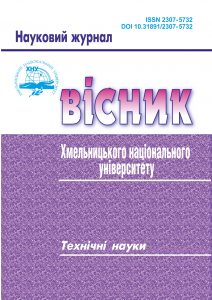ANALYSIS OF ARDUINO MEGA CONTROLLER USAGE FOR THE OIL SCREW PRESS
DOI:
https://doi.org/10.31891/2307-5732-2023-329-6-33-37Keywords:
Arduino Mega, Oil Pressing, Automation, Microcontroller, Control Systems, Smart TechnologyAbstract
This study delves into the application of Arduino Mega in the domain of oil pressing, seeking to comprehensively analyze its implementation, advantages, challenges, and overall impact on the efficiency of oil pressing processes. With the increasing integration of smart technologies into industrial operations, the use of microcontroller platforms, such as Arduino Mega, represents a paradigm shift towards automation and enhanced control systems. The focus of this analysis is on understanding how Arduino Mega contributes to the optimization of oil pressing procedures, offering insights into the hardware and software integration, data acquisition, control mechanisms, and potential effects on efficiency and productivity.
The hardware and software integration aspect explores the components employed in Arduino Mega implementation for oil pressing. This includes an examination of sensor integration, actuation mechanisms, and the overall architecture of the system. By dissecting these technical aspects, the study aims to provide a detailed understanding of the technological foundations supporting the implementation. Data acquisition and monitoring play a crucial role in the efficiency of industrial processes. This analysis investigates the role of Arduino Mega in facilitating precise and real-time data acquisition during oil pressing.
Control mechanisms represent the heart of any automation system By evaluating the reliability and robustness of these control mechanisms, the study aims to shed light on the efficacy of Arduino Mega in maintaining precision and stability in oil pressing operations. The analysis extends to consider the potential impacts of Arduino Mega implementation on the overall efficiency and productivity of oil pressing processes. Factors such as reduced downtime, optimized resource utilization, and improved product quality are scrutinized.

